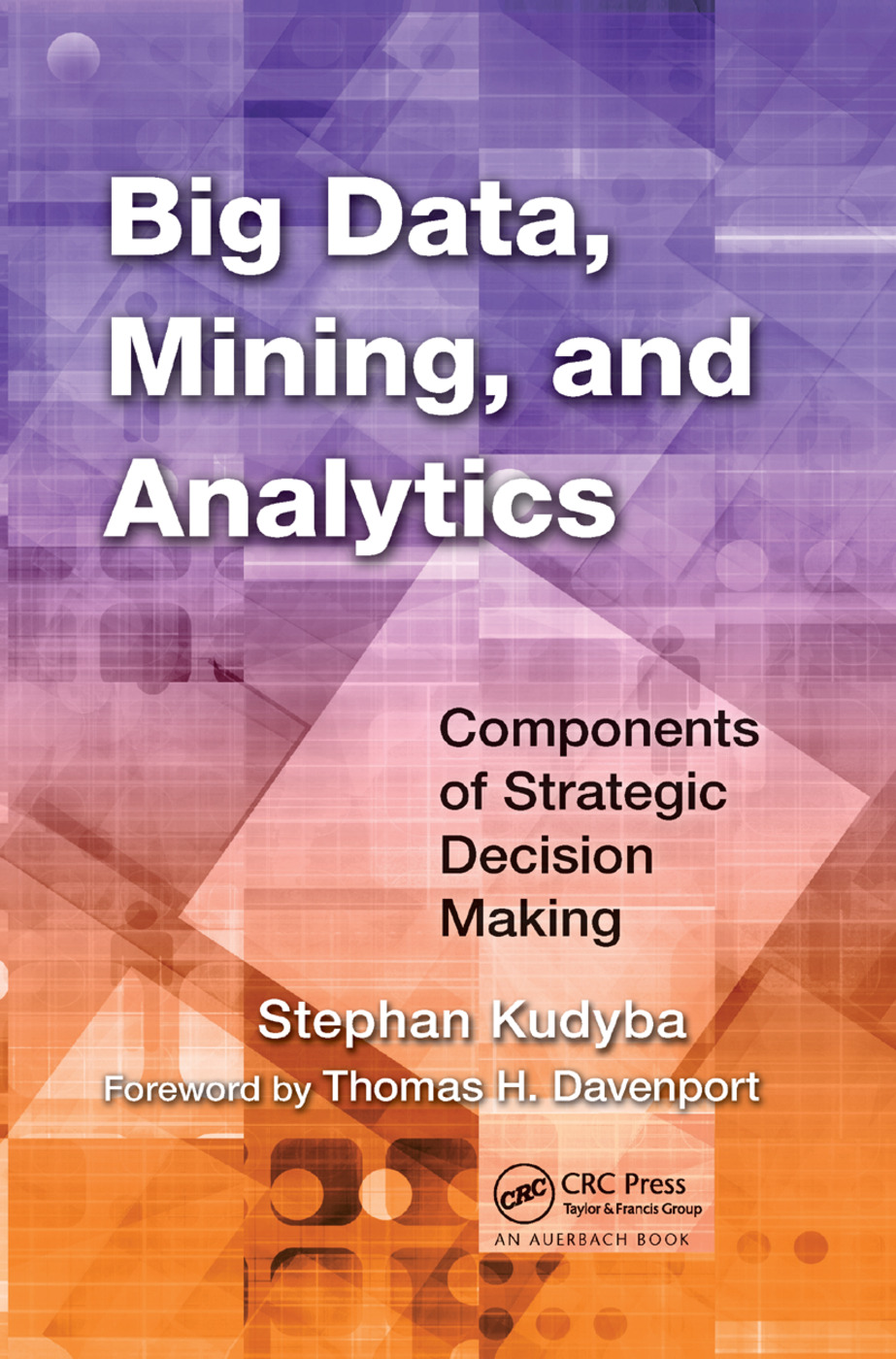基于人工智能的银行业贷款风险预测混合模型
IF 6.2
1区 计算机科学
Q1 COMPUTER SCIENCE, ARTIFICIAL INTELLIGENCE
引用次数: 0
摘要
现在,为了减少文书工作和人力成本,每个真实世界的场景都被数字化复制。机器学习(ML)模型也被用于在这些应用中进行预测。准确的预测需要了解这些机器学习模型及其显著特征。我们使用的数据集作为这些不同类型的ML模型的输入,产生不同的结果。为数据集选择ML模型至关重要。贷款风险模型用于显示如何将数据集的ML模型链接在一起。本研究的目的是探讨我们如何使用机器学习来量化或预测抵押贷款信贷风险。这个短语指的是评估大量数据的过程,以便获得在各个领域做出决策的有用信息。如果考虑到信贷风险,将尝试一种基于对2021年当前经济危机期间抵押贷款信贷风险造成的原因以及如何影响信贷违约的研究的方法。将研究各种信用风险计算方法,从最基本的到最复杂的。此外,我们将对抵押贷款样本进行案例研究,并比较逻辑回归、决策树和梯度提升三种不同分析方法的结果,看看哪种方法产生了最具商业价值的见解。本文章由计算机程序翻译,如有差异,请以英文原文为准。
AI-Based Hybrid Models for Predicting Loan Risk in the Banking Sector
Every real-world scenario is now digitally replicated in order to reduce paperwork and human labor costs. Machine Learning (ML) models are also being used to make predictions in these applications. Accurate forecasting requires knowledge of these machine learning models and their distinguishing features. The datasets we use as input for each of these different types of ML models, yielding different results. The choice of an ML model for a dataset is critical. A loan risk model is used to show how ML models for a dataset can be linked together. The purpose of this study is to look into how we could use machine learning to quantify or forecast mortgage credit risk. This phrase refers to the process of evaluating massive amounts of data in order to derive useful information for making decisions in a variety of fields. If credit risk is considered, a method based on an examination of what caused and how mortgage credit risk affected credit defaults during the still-current economic crisis of 2021 will be tried. Various approaches to credit risk calculation will be examined, ranging from the most basic to the most complex. In addition, we will conduct a case study on a sample of mortgage loans and compare the results of three different analytical approaches, logistic regression, decision tree, and gradient boost to see which one produced the most commercially useful insights.
求助全文
通过发布文献求助,成功后即可免费获取论文全文。
去求助
来源期刊

Big Data Mining and Analytics
Computer Science-Computer Science Applications
CiteScore
20.90
自引率
2.20%
发文量
84
期刊介绍:
Big Data Mining and Analytics, a publication by Tsinghua University Press, presents groundbreaking research in the field of big data research and its applications. This comprehensive book delves into the exploration and analysis of vast amounts of data from diverse sources to uncover hidden patterns, correlations, insights, and knowledge.
Featuring the latest developments, research issues, and solutions, this book offers valuable insights into the world of big data. It provides a deep understanding of data mining techniques, data analytics, and their practical applications.
Big Data Mining and Analytics has gained significant recognition and is indexed and abstracted in esteemed platforms such as ESCI, EI, Scopus, DBLP Computer Science, Google Scholar, INSPEC, CSCD, DOAJ, CNKI, and more.
With its wealth of information and its ability to transform the way we perceive and utilize data, this book is a must-read for researchers, professionals, and anyone interested in the field of big data analytics.
 求助内容:
求助内容: 应助结果提醒方式:
应助结果提醒方式:


